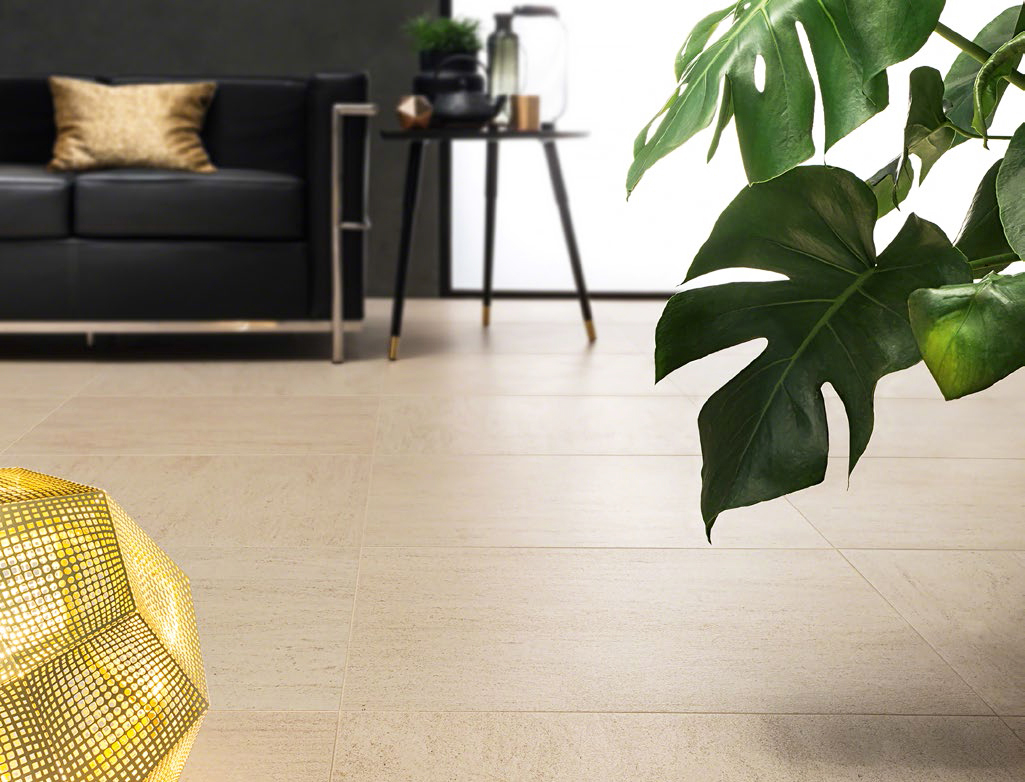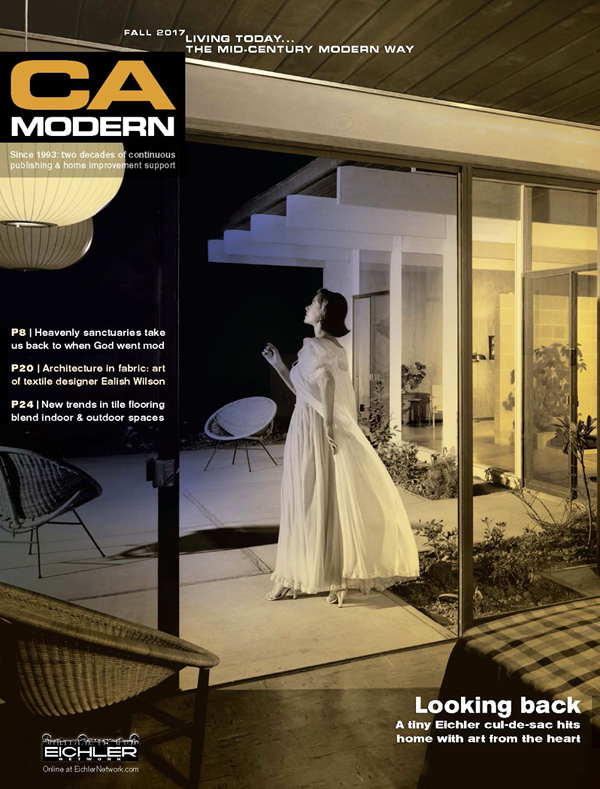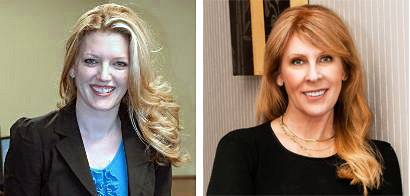Floored by Indoor-Outdoor
 |
|
and porcelain tile and how technology has evolved each one. Above: Living Style porcelain pavers from MSI feature a subtle pattern reminiscent of natural stone with a matte finish. |
 |
|
|
 |
|
|
American modernism has always been about connecting the indoors to the outdoors—from its earliest applications in Frank Lloyd Wright's 'organic' designs, to the airy homes built in the mid-century by Joe Eichler, on up to today.
Though the objective remains the same, the ways to use flooring in making the indoor-outdoor connection have improved by leaps and bounds. That is the message delivered by Tanja Kern, Eichler Network home improvement editor, in the new fall '17 print issue of CA-Modern magazine.
'Grounded in Nature' is the title of Kern's informative new story, which explores the latest trends for a variety of flooring materials and, significantly, their compatibility with radiant heating. While she acknowledges natural hardwood's position as 'the gold standard' of flooring, she also notes that it is not a good fit with in-slab radiant. From there, she delves into engineered wood, vinyl, and porcelain tile and how technology has evolved each one.
While reading an advance copy of the story, interior designer Lucile Glessner, owner of a 1963 Eichler and of Lucile Glessner Design, found herself chiming in with most of Kern's recommendations.
The story was "really great," the South Bay-based designer points out—but of course Glessner has a point of view of her own on what works best in Eichlers. While recalling that most original Eichlers boasted an abundance of wood grain, with their interior panels and lightly stained ceilings, she points out that today's flooring options give owners the chance to "regain that organic material" look they may have lost over time.
"I'm very partial to the natural flooring," she admits, recognizing that a working radiant-heat system is a major consideration in choosing a floor. "Of these, wood is not the best thing. The best thing is ceramic tile."
"No trend emphasizes the connection with the outdoors more than seamless flooring indoors and out," Kern writes. "Of course, traditional concrete flooring installations are always an option to achieve this look, but porcelain tile manufacturers are producing more products than ever before to help homeowners blend spaces through large-format selections that transition seamlessly."
Modern porcelain tile, a newer form of ceramic tile that is less prone to absorbing moisture and staining, can run as big as 3x3-foot squares and 4-foot rectangles. Best of all, she writes, "new printing technology makes it possible for companies to recreate almost any look found in nature—be it slate, marble travertine, or oak."
"You have a lot of concrete-looking, cement-looking tiles that are being used that I like," Glessner proffers. "If you're doing a stone look, I'd rather do it with real stone."




